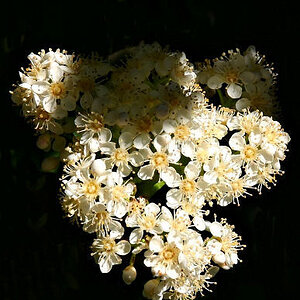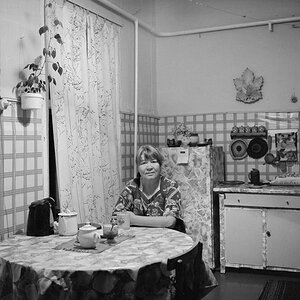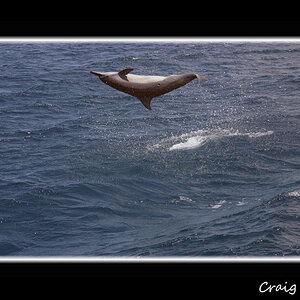libeco
TPF Noob!
When I tried taking pictures of moving object (birds that happened to fly by) I had the feeling the subject was underexposed, while the sky was properly exposed. I know the 400D lacks spot metering but has;
- Evaluative
- Partial
- Centre-weighted average
But my question is, what situations should I think of for these metering methods (although when taking a picture probably one should think the other way around)?
Thanks in advance!
- Evaluative
- Partial
- Centre-weighted average
But my question is, what situations should I think of for these metering methods (although when taking a picture probably one should think the other way around)?
Thanks in advance!


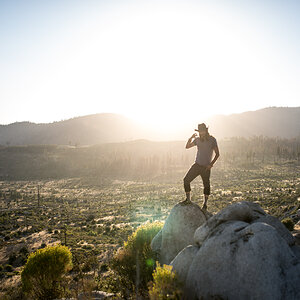
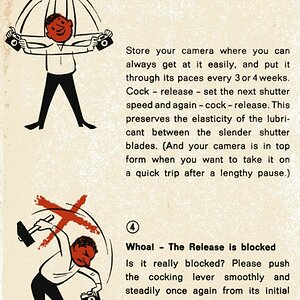
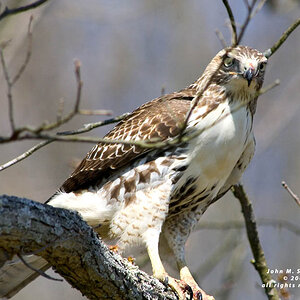
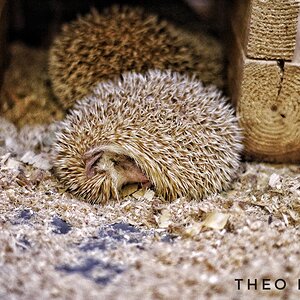
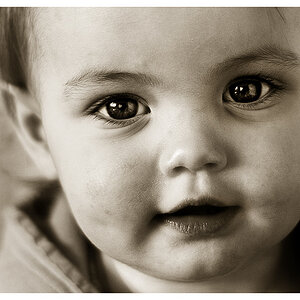
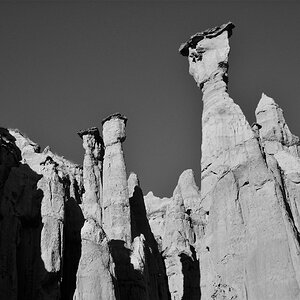
![[No title]](/data/xfmg/thumbnail/33/33338-4ae29c5eff506820d8b986c033234764.jpg?1619735908)
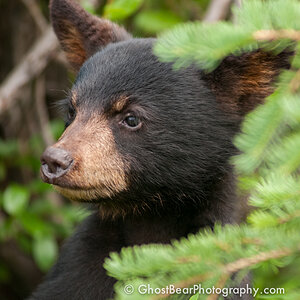
![[No title]](/data/xfmg/thumbnail/32/32174-b57e340fadfeea99045595146efd64b1.jpg?1619735235)
